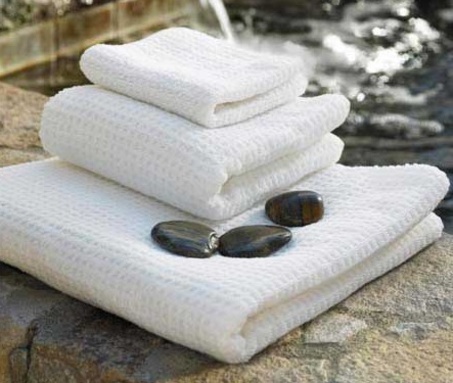
When buying linens, how do I know if claims about being environmentally-friendly or non-toxic are really true? Does "organic" mean anything? Is there a label I should look for?
Buyer beware when replacing existing textiles with eco-friendly towels and bed linens. There are unsubstantiated claims and greenwashing appearing in every category of home furnishings as eager manufacturers leap on the environmental marketing bandwagon.
Read labels carefully or know your source well. Bamboo, a terrific, renewable resource that is hypo-allergenic and offers “smooth hand”
attributes is often combined with conventional cotton for towels and bedding. Conventional cotton is one of the least eco-friendly fibers due to the large quantity of pesticides used in its growth cycle.
Instead, choose 100% bamboo linens from a reputable company or 100% certified organic cotton. In the past, both had the reputation of being higher priced than their non-environmental cousins. That’s no longer. Yet, high quality and good design are always better choices in the long run. To me, eco-friendly isn’t enough. Even so, for my two cents, I’d gladly pay a bit more for a long-lasting linen that I won’t have to replace when it frays or fades. In the end, that is the ultimate green choice in all senses of the word.
Image: VivaTerra
Note: EcoSalon is sponsored by VivaTerra
